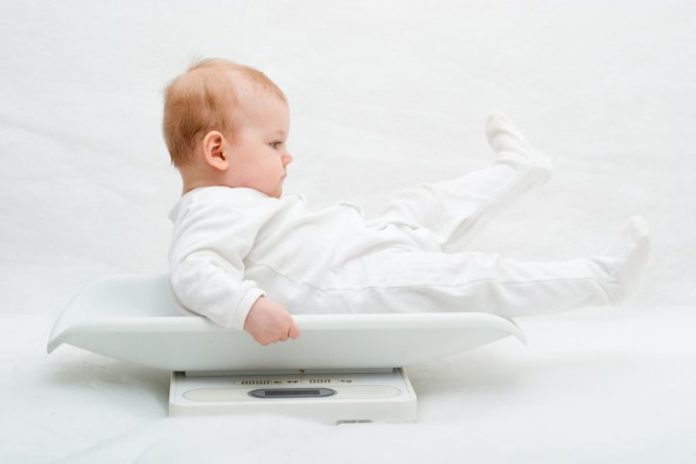The formula, which is available as an online calculator, estimates the child’s obesity risk based on its birth weight, the body mass index of the parents, the number of people in the household, the mother’s professional status and whether she smoked during pregnancy.
The researchers behind the study hope their prediction method will be used to identify infants at high risk and help families take steps to prevent their children from putting on too much weight.
Childhood obesity is a leading cause of early type 2 diabetes and heart and circulatory disease, and is becoming more common in developed countries. According to NHS figures, 17 per cent of boys and 15 per cent of girls aged two to 15 in England are classified as obese.
The researchers developed the formula using data from the Northern Finland Birth Cohort Study (NFBC1986), which was set up in 1985 to follow over 9,000 children from early pregnancy onwards. They initially investigated whether obesity risk could be assessed using genetic profiles, but the test they developed based on common genetic variations failed to make accurate predictions. Instead, they discovered that non-genetic information readily available at the time of birth was enough to predict which children would become obese. The formula proved accurate not just in the Finnish cohort, but in further tests using data from studies in Italy and the US.
The study was led by Professor Philippe Froguel and Professor Marjo-Riitta Jarvelin from the School of Public Health at Imperial College London.
“The original aim of the NFBC1986 has been to identify factors which may predict ill-health in children starting from early pregnancy. The development of overweight and obesity has been one of the focal research areas”, said Professor Jarvelin, who is the Scientific Director of the NFBC studies.
“This test takes very little time, it doesn’t require any lab tests and it doesn’t cost anything,” said Professor Froguel.
“All the data we use are well-known risk factors for childhood obesity, but this is the first time they have been used together to predict from the time of birth the likelihood of a child becoming obese.”
The 20 per cent of children predicted to have the highest risk at birth make up 80 per cent of obese children. The researchers suggest that services such as dieticians and psychologists could be offered to families with high-risk infants to help them prevent excessive weight gain.
“Once a young child becomes obese, it’s difficult for them to lose weight, so prevention is the best strategy, and it has to begin as early as possible,” said Professor Froguel. “Unfortunately, public prevention campaigns have been rather ineffective at preventing obesity in school-age children. Teaching parents about the dangers of over-feeding and bad nutritional habits at a young age would be much more effective.”
Professor Jarvelin added: “Based on our own current research and others it is evident that much more efforts and resources should be allocated for research on understanding the mechanisms by which diseases develop from an early-life perspective. However, this area is still largely neglected.”
Although common genetic variants did not prove to be helpful for predicting childhood obesity, the researchers say about one in 10 cases of obesity are caused by rare mutations that seriously affect appetite regulation. Tests for these mutations could become available to doctors in the next few years as the cost of DNA sequencing technology falls.
Source: Imperial College London











